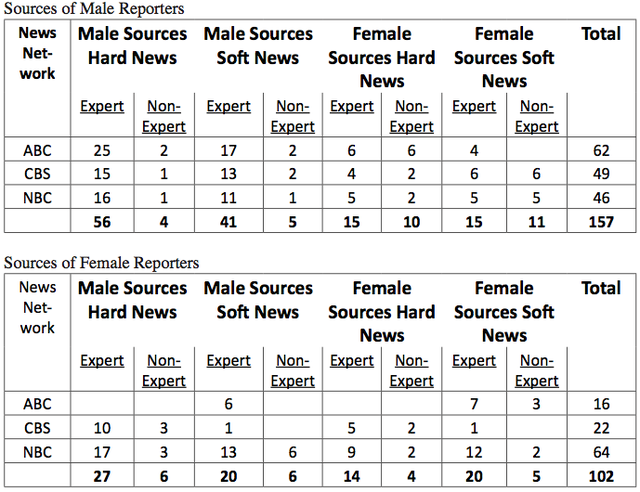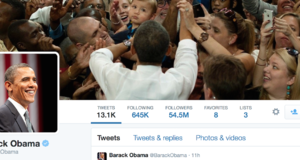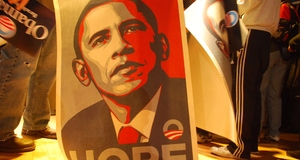From Elon Journal of Undergraduate Research in Communications VOL. 4 NO. 1Women in TV Broadcast News: Reporters and Sources in Hard News StoriesV. Analysis and ConclusionThis study aimed to determine whether male reporters were given more hard news stories than female reporters during a period preceding the 2012 presidential election. Male reporters covered more stories (107 stories) than female counterparts (60 stories). First, viewers would more likely to have viewed the hard news stories that were covered by male reporters than female counterparts. At the same time, viewers' exposure to the gender of reporters was also determined by the relative number of stories each gender of reporters covered. While female reporters covered 33 stories out the 60 stories they covered (55% as shown in Table 1), male counterparts covered 61 hard news stories out of the 105 stories (57.0%). There were variations among the networks. For example, at CBS, hard news accounted for 58.3% of all the stories males reporters covered, while the percentage for female reporters reached as high as 85.0%. But On ABC World News with Diane Sawyer, only one female journalist reported a hard news story during the entire study. Excluding ABC Network, female reporters covered 65.3% out of all the stories assigned to them, while male reporters did 61.9%. Less assignment of female reporters to glamorous hard news as well as the unequal ratio of male to female journalists featured on the news could discourage women interested in becoming broadcast news professionals from pursuing careers in the field. During this study, male journalists covered more hard and soft news stories than female journalists not necessarily because of the story content, but because there were more male journalists. The second purpose of the study was to determine whether male reporters relied on male sources, and female reporters would behave otherwise. An underrepresentation of female sources the study found could hinder women from seeking important, expert positions and deprive society of the female perspective. Especially now, during an election season that hinges crucially on the female population, women involvement in news is more important than ever. Every four years, presidential candidates and their messages dominate the news cycles of almost every news outlet. They claim to rely on the votes of every citizen of age. So why are women often not shown in the context of these stories? During the study period, each of the three news network shows analyzed for the presence of female reporters and sources had only one or two stories dedicated to female voting issues. Some of these stories focused more on the wives of the presidential candidates than the issues average women consider to be important in the 2012 election, like reproductive rights, for instance. One of the reasons is that there are more men currently holding and running for political offices, which leads networks to assume that women are not as interested in hearing hard news stories of political nature because they are not as politically involved. Of the hard news stories examined, men reported 61 stories and women reported 33, but out of the stories women covered, 55% were hard news stories in comparison with 57% for male reporters, as seen in Table 1. These stories, mostly about politics or international news, also typically featured male sources as experts. Men were used as expert sources in hard news by male and female journalists more than women sources -more so by female reporters than their counterparts-showing that female journalists did not necessarily favor female sources as hypothesized. Women are more likely to be used as non-experts than experts, except for when female reporters cover soft stories. The fact that more male sources were featured on television during this study raises the question: If men are more comfortable seeing themselves represented on television, wouldn't women be more comfortable seeing themselves represented as well? Women today consume news more than men, but if they are still not shown on television as often as men, will this trend continue? It could be predicted that, as long as women are kept out of the news as reporters and sources, women will continue to hold a lower status compared to men (Armstrong, 2004). This could continue to project the perception that men are more credible than women (Weibel et al., 2008), and that women need to be sexualized objects in order to gain male attention (Nitz et al., 2007). This study showed that men were used as expert sources more often than women on many subjects. When women are excluded from hard news stories as both reporters and sources, their viewpoint is short changed and thus is easily ignored. To thoroughly understand a breaking hard news story, for instance, it could be beneficial for the audience to hear the female viewpoint and ultimately have a fuller, more complex perception of the story. The argument that soft news stories are written for women is one that remains as a reason to relegate female reporters to said stories in the future (Carter, 1998). However, this old stereotype must be broken in order for women to feel that they deserve to hold leadership roles and feel equal to men. This study has followed in the path of many previous studies that aimed to pinpoint why men seem to have an advantage in the broadcast world. The implications of such studies, given the current, heightened political awareness in the United States, will bring to light other characteristics of female underrepresentation in broadcast news. At the network level, most journalists are not working alone to cover news stories; research could be done to determine whether the producers and staff working on a news program affect not only who is assigned what story, but also the presentation of the story itself. A study that focused solely on ABC World News with Diane Sawyer to discover the ratio of female to male journalists could help explain why only one woman reported a hard news story during this study. AcknowledgmentsThe author would like to extend her thanks to Dr. Glenn Scott at Elon University for his guidance, inspiration, and advice, without which the article could not be published. The author is also thankful to Dr. Lee at Elon University for his supervision and help in the revision of this article. ReferencesArmstrong, C.L. (2004). The Influence of Reporter Gender on Source Selection in Newspapers Stories. Journal & Mass Communication Quarterly, 81(1), 139-154. Armstrong, C.L., Wood M.L.M., & Nelson M.R. (2010). Female News Professionals in Local and National Broadcast News During the Buildup to the Iraq War. Journal of Broadcasting & Electronic Media, 50(1), 78-94. Carter, C. (1998). News, Gender, and Power. London: Routledge. Craft, S. & Wanta, W. (2004). Women in the Newsroom: Influences of Female Editors and Reporters on the News Agenda. Journal & Mass Communication Quarterly, 81(1), 124-138. Desmond, R. & Danilewicz A. (2010). Women Are On, But Not In, the News: Gender Roles in Local Television News. Sex Roles, 62, 822-829. Hosley, D.H. & Yamada, G.K (1987). Hard News: Women in Broadcast Journalism, Westport: Greenwood Press. Krippendorff, K. (2012). Content Analysis: An Introduction to Its Methodology. Thousand Oaks, CA: Sage Publications, Inc. Liebler, C.M. & Smith, S.J. (1997). Tracking Gender Differences: A Comparative Analysis of network Correspondents and Their Sources. Journal of Broadcasting & Electronic Media, Winter 1997, 58-68. Nitz, M., Reichert, T., Aune, A.S., & Velde, A.V. (2007). All the News That's Fit to See? The Sexualization of Television News Journalists as a Promotional Strategy. Journal of Promotion Management, 13(1/2), 13-33. Neuendorf, K.A. (2002). The Content Analysis Guidebook. Thousand Oaks, CA: Sage Publications, Inc. Rosenberry, J., & Vicker, L. A. (2009). Applied Mass Communication Theory: A Guide for Media Practitioners. Boston, MA: Pearson Education, Inc. Weibel, D., Wissmath, B. & Groner, R (2008). How Gender and Age Affect Newscasters' CredibilityAn Investigation in Switzerland. Journal of Broadcasting & Electronic Media, 52(3), 466-484. Ziegler, D., & White, A (1990). Women and Minorities on Network Television News: An Examination of Correspondents and Newsmakers. Journal of Broadcasting & Electronic Media, 34(2), 215-223. AppendixSources Used by Reporters by Network, News Type and Source
Suggested Reading from Inquiries Journal
Inquiries Journal provides undergraduate and graduate students around the world a platform for the wide dissemination of academic work over a range of core disciplines. Representing the work of students from hundreds of institutions around the globe, Inquiries Journal's large database of academic articles is completely free. Learn more | Blog | Submit Latest in Business & Communications |



















